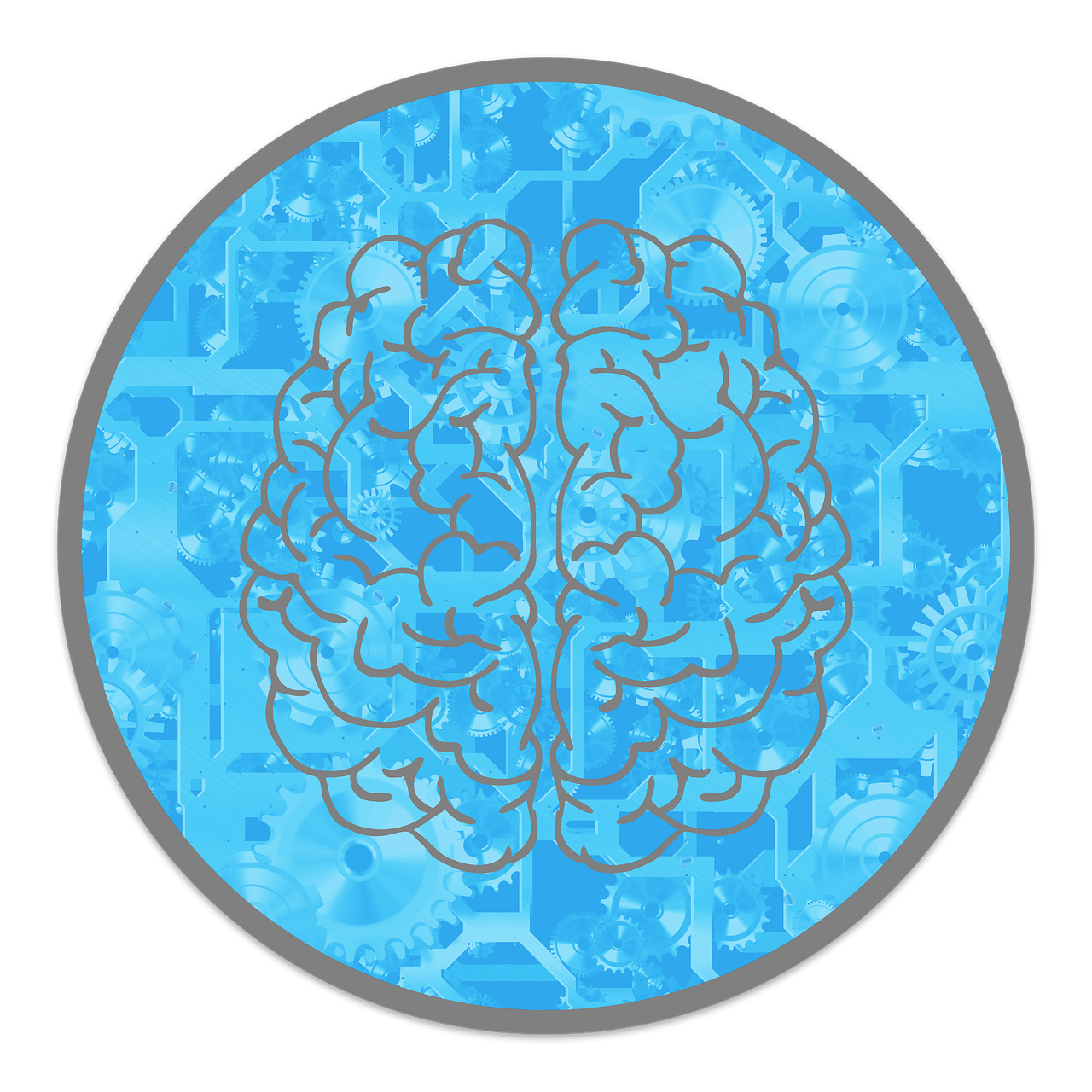
Your mornings matter.
If you roll out of bed feeling like a grumpy cat in a hoodie, your whole day can spiral.
But if you start calm and clear-headed—even just for 5 minutes—you’ll handle life way better.
Think of it like giving your brain a little Wi-Fi reset before it starts buffering.
Mindfulness isn’t just for monks or people who drink green juice unironically.
It’s a simple way to clear your mental clutter, reduce stress, and stop overthinking everything (yes, even that awkward text you sent three days ago).
In this article, we’ll show you quick and easy mindfulness hacks that fit into any morning—whether you’re late for work or still trying to function without coffee.
No chanting, no crystals, just real stuff that works.
Why Mindfulness in the Morning Matters
Before we jump into the easy stuff, let’s talk about why mornings are basically prime time for mindfulness—kind of like how early episodes of a show set the tone for the whole season.
Cognitive reset
Right after you wake up, your brain’s like soft Play-Doh—flexible, open, and ready to soak things in.
Scientists call this a “receptive state,” but we call it “your brain not being fried yet.”
A little mindfulness now can shape how you deal with drama later (like your phone dying at 1% or group project disasters).
Lower cortisol levels
Cortisol, a.k.a. the “stress hormone,” is naturally highest in the morning.
Your body’s basically prepping for survival—like it thinks you’re still fighting dinosaurs or final exams.
But mindfulness is like telling your brain, “Chill, it’s not that deep.”
It dials down the panic so you start your day more Zen and less WWE.
Increased focus
Mindfulness wakes up the part of your brain that handles focus, memory, and decisions—basically your inner CEO.
So instead of making 12 bad choices before breakfast, you’ll have a better shot at remembering your keys, your to-do list, and why you walked into the kitchen.

7 Easy Mindfulness Morning Exercises
1. The 3-3-3 gratitude breath
Best for: Fast brain boost and mood upgrade
Time needed: 3 minutes (aka one song on your playlist)
How to do it:
- Sit or lie down like you’re about to watch Netflix—but keep your eyes closed.
- Breathe in for 3 seconds and think of one thing you’re grateful for. (Yes, coffee counts.)
- Hold that breath for 3 seconds and imagine that warm, fuzzy feeling growing like a power-up.
- Breathe out for 3 seconds and let go of any stress like it’s last night’s awkward text.
- Do this 3 times. That’s it. You just leveled up your brain.
Why it works:
Science says gratitude makes you happier, and deep breathing helps chill your nervous system.
Together, they’re basically the emotional version of a double shot of espresso—but calming. (Emmons & McCullough, Journal of Personality and Social Psychology, 2003).
2. Morning body scan
Best for: Feeling like a human again (not a stressed-out robot)
Time needed: 5–7 minutes (less time than scrolling Instagram)
How to do it:
- Lie down flat or sit up straight—no slouching like you’re texting in bed.
- Start at the top of your head, and mentally scan down your body like you’re a TSA agent at an airport—but nice.
- At each body part (eyes, jaw, neck, shoulders, etc.), just notice how it feels. Don’t judge. Tight? Sore? Meh? Cool.
- If something feels tense, take a breath and let it chill out. Imagine it melting like butter on pancakes.
Science says:
This trick helps you check in with your body before stress hijacks your day.
It’s like doing a system reboot before opening 47 browser tabs in your brain. (Keng, Smoski, & Robins, Clinical Psychology Review, 2011).
3. Five senses wake-up ritual
Best for: Waking up your brain without caffeine
Time needed: 5 minutes (as in, shorter than your skincare routine)
How to do it:
You’re gonna use your five senses—yes, like a mindfulness superhero.
- See: Pick one thing around you and study it like it’s the next plot twist in a K-drama. Could be your pet, a plant, or the weird ceiling texture.
- Hear: Stop and really listen. Can you hear birds? Traffic? Your neighbor microwaving something suspiciously loud?
- Touch: Feel the fabric of your sheets, your hoodie, or the warm mug in your hand. (Bonus points for fuzzy socks.)
- Smell: Inhale the scent of your coffee, tea, or even just the crisp morning air. No judgment if it’s last night’s pizza.
- Taste: Slowly enjoy your first sip of something—don’t just chug and go. Pretend you’re in a fancy café commercial.
Why it works:
This pulls you out of autopilot and into the now.
Instead of spiraling over homework, deadlines, or why your crush left you on read, you’re giving your brain a moment to chill and notice life’s tiny joys.
Sensory grounding = mental spa moment.
4. Affirmation journaling
Best for: Flipping the script on those “I suck” thoughts
Time needed: 5 minutes (aka the time it takes to write a chaotic group chat reply)
How to do it:
- Keep a tiny notebook or journal near your bed—yes, even if it’s just a random school notebook with doodles.
Each morning, write:
- One positive affirmation (like: “I can handle anything today throws at me—even if it’s group presentations.”)
- One daily intention (like: “I’ll be kind to myself when things go sideways.”)
Journaling prompts:
- What’s one thing I’m excited about today?
- How can I show kindness to myself today?
Research insight:
Studies from Carnegie Mellon (yes, actual science!) show that affirmations help your brain stay cool under pressure.
It’s like putting emotional armor on before going into battle with the day—minus the swords, plus pens.
5. One-Minute Smile Meditation
Best for: Boosting your mood faster than a puppy TikTok
Time needed: 1–2 minutes (literally shorter than your favorite ad break)
How to do it:
- Sit still, eyes closed, no phone in hand (you’ll survive).
- Now… smile. Not like creepy Joker smile—just a soft, relaxed one.
- Focus on how that smile feels in your cheeks, jaw, even behind your eyes.
- Imagine that smile’s good vibes spreading through your body like warm butter on toast.
The science:
Even a fake smile tricks your brain into releasing happy chemicals (dopamine + serotonin).
Basically, your brain’s like, “Oh, we’re smiling? Must be good times.” (Kraft & Pressman, Psychological Science, 2012).
6. Mindful stretching
Best for: Waking up stiff muscles and sleepy brains
Time needed: 5–10 minutes (aka the length of one BTS track)
Sample routine:
- Neck rolls – 3 slow reps in each direction (pretend you’re dodging drama).
- Shoulder shrugs – 10 reps (like you’re saying “IDK” to life).
- Cat-cow stretch – Flow with 5 deep breaths (channel your inner yoga cat).
- Standing forward fold – Hang like a ragdoll, hold 30 seconds.
- Side body stretch – Reach side to side, 2 times each way (like you’re grabbing invisible snacks).
Pro tip: Match your breath to your movement. Inhale when you stretch tall, exhale when you fold or release. It’s like syncing your body and brain in a duet.
7. Mindful coffee or tea ritual
Best for: Turning your caffeine habit into a calming moment
Time needed: 5 minutes (you were gonna drink it anyway)
How to practice:
- Brew your drink like it’s a sacred art form. Watch the water bubble. Smell the aroma. Be present.
- Listen to the pour like it’s lo-fi beats for your soul.
- Take that first sip slowly. Don’t gulp it like you’re late.
- Pause between sips. Notice the warmth, the taste, the ritual of it all.
Bonus tip:
Whisper a morning mantra like “I deserve slow moments” or “Today, I move with purpose.”
Boom—your coffee just turned into a self-care spell.

The Real Benefits: What to Expect After 2 Weeks
Okay, so let’s say you actually do these mindfulness moves for a couple weeks—like brushing your brain’s teeth every morning.
What happens? Spoiler: it’s kinda awesome.
Improved emotional regulation
Emotional regulation = you noticing you’re mad before rage-texting your best friend or snapping at your cat.
You’ll be more chill and less “Why did I just overreact to an email?”
Reduced anxiety and depression symptoms
Mindfulness has been shown to lower the volume on anxious thoughts and sad moods.
Basically, your brain stops acting like a drama queen 24/7.
Science backs it—mental health glow-up incoming.
Enhanced focus and clarity
You’ll actually remember where you put your phone and stop zoning out mid-conversation.
Mindfulness boosts brainpower like you’re upgrading to “smart main character” mode.
Better sleep and mood throughout the day
Less stress = better sleep.
Instead of midnight overthinking marathons, you’ll start sleeping deeper and waking up like a less-grumpy Disney princess.
Increased self-compassion and resilience
Two weeks in, you’ll start talking to yourself like a BFF, not a bully.
That’s called self-compassion. And it builds resilience, which is a fancy word for “handling life without falling apart.”
Tips to Make It a Habit
Let’s be honest: starting a new routine is kinda like going to the gym in January—easy to start, easier to quit.
But these hacks make mindfulness stick without feeling like a boring chore.
Start small
Don’t try to do all the things at once.
Pick one practice—maybe the smile meditation or mindful coffee—and do that for a week.
Think of it like leveling up in a game. Master Level 1 first.
Stack habits
Want to win? Pair mindfulness with something you already do every day.
Example: right after brushing your teeth, do a quick 3-3-3 gratitude breath. Boom.
Habit stacked. Brain tricked. Routine built.
Set a reminder
Let’s be real: you’re not gonna remember mindfulness when your phone’s blowing up with 13 notifications.
So, use your phone alarm or drop a sticky note on your mirror that says “Breathe, babe.”
Be gentle with yourself
Missed a day? Overslept? Got distracted by cat memes? It’s cool.
No guilt, no dramatic quitting. Just press reset and try again tomorrow.
Progress > perfection.

Final Thoughts
Let’s be real—mornings can be chaotic.
You wake up, scroll your phone, panic about life, and before you know it, your day feels off.
But here’s the secret weapon: mindfulness.
It’s like a brain warm-up that takes just 5 minutes and can totally change your vibe for the day.
You don’t need to be a monk or wear flowy pants.
These quick morning rituals are easy, science-backed, and even kind of fun.
Mindfulness isn’t just for yoga influencers.
It’s for you, and it works.
Treat it like brain gym—show up a little each day, and your mind will thank you by not spiraling during math class or morning meetings.



